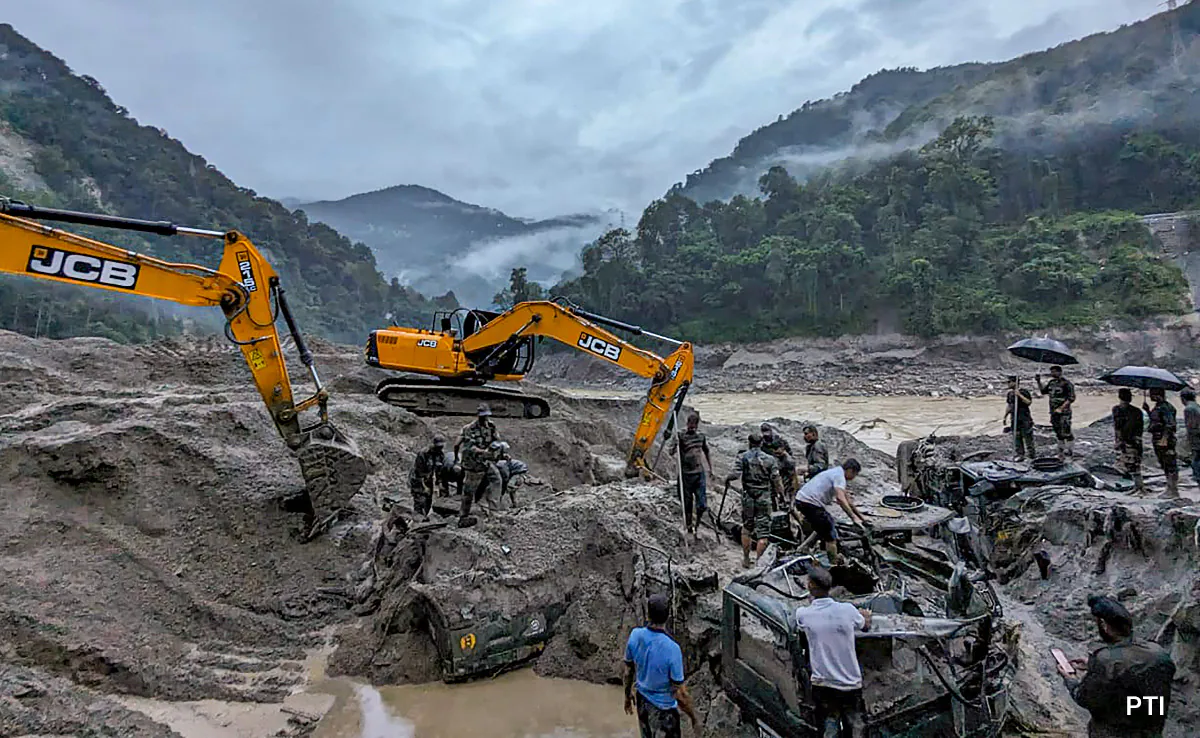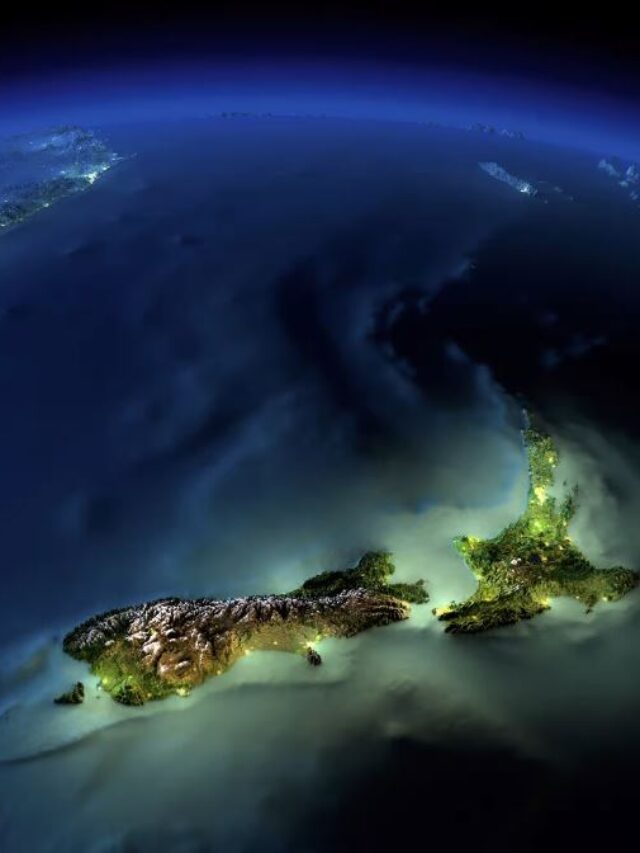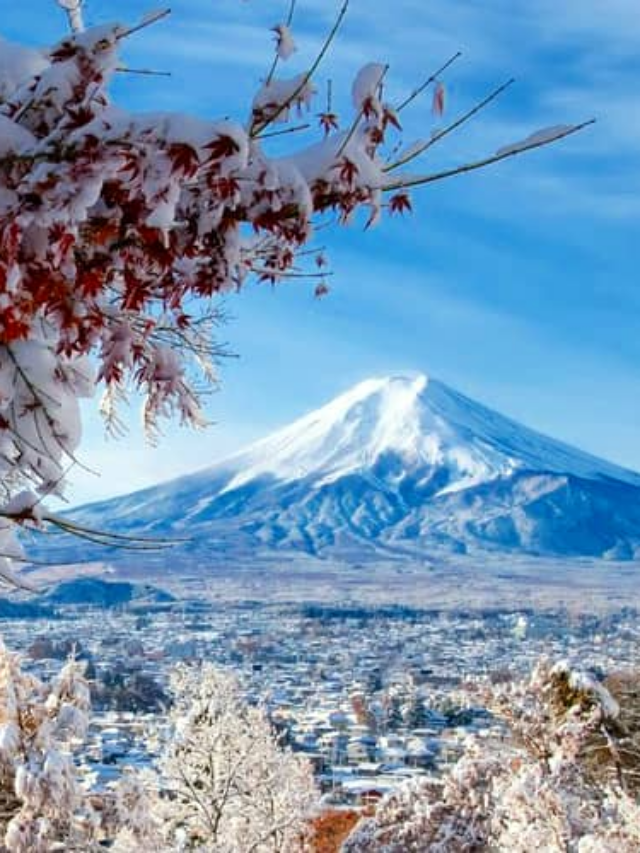
Early on Wednesday, a deadly flash flood struck Sikkim, causing 40 fatalities and the destruction of a crucial 1200 MW hydroelectric power station. A cloudburst over a glacial lake more than 17,000 feet above sea level in the Himalayas caused the floods. There appear to have been numerous warnings of disasters like the GLOF event at the South Lhonak Lake. Over the past three days Sikkim government works to rescue people, restore communications, and rebuild infrastructure.
Parliamentary Committee had red-flagged the “severe shortage of meteorological and monitoring stations in Himalayan regions”.
The Himalayan-Karakoram region is warming at a faster rate (by 0.5 degrees C) than the global mean, according to the report “Glacier Management in the Country: Monitoring of Glaciers/Lakes, Including Glacial Lake Outbursts Leading to Flashfloods, in the Himalayan Region”. As a result, the Parliament was informed that this would cause glaciers to melt much more quickly than usual.
The Parliamentary Committee also noted that because many of the Himalayan glaciers and glacial lakes are located in remote areas, they are not being monitored as closely as they should be.
The report said, “The thinning of Himalayan glaciers has accelerated in recent years, resulting in a significant rise in glacier melt.”
However, Sikkim Chief Minister Prem Singh Tamang held accountable the previous government’s “inferior construction” for causing the destruction of Chungthang Dam.
Also Read: Canada Withdraws Diplomat Amid India’s Demand To Reduce It’s Staff
To read more such news, download Bharat Express news apps









































